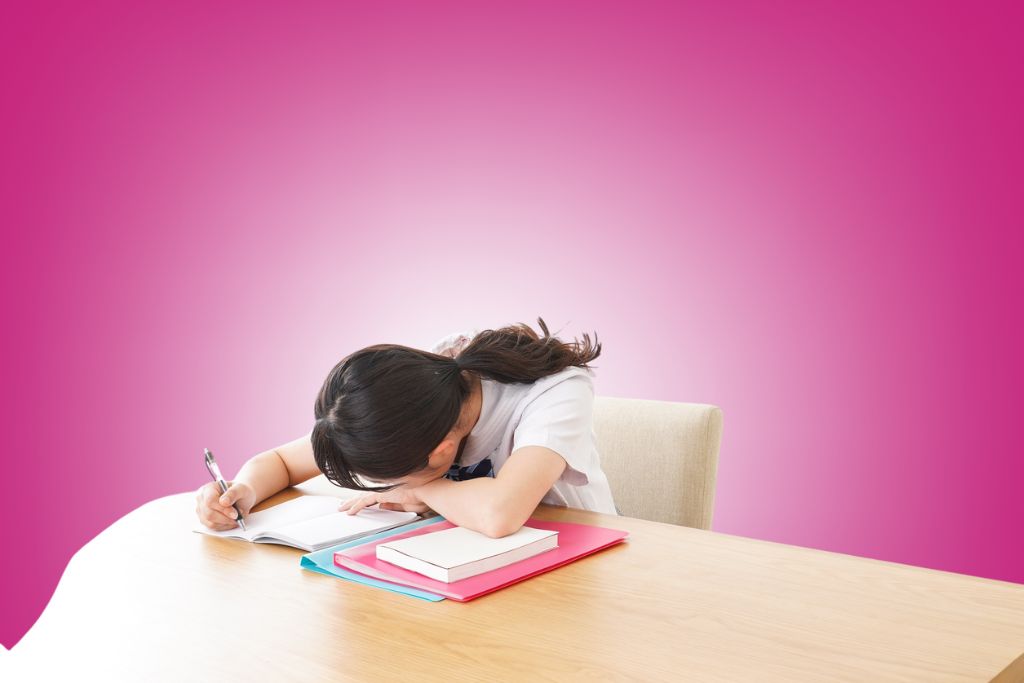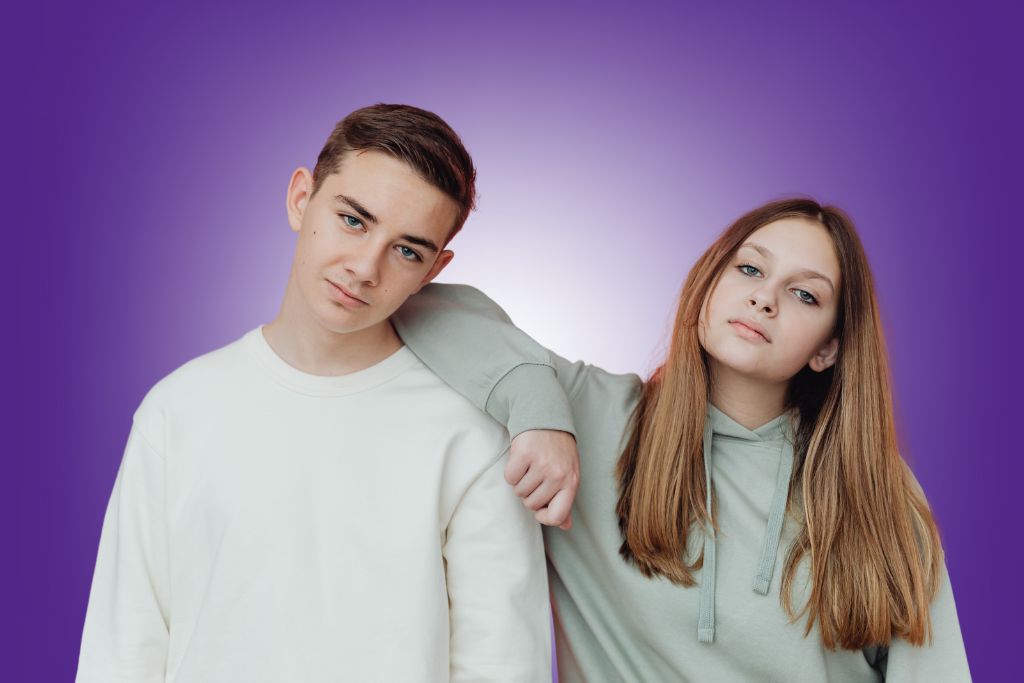If you’re a mom, dad, or caregiver constantly walking on eggshells, waiting for the next meltdown—you’re not alone.I’ve been there, and I work with families every day who are exhausted by the cycle of big emotions, yelling, and guilt.
In this episode, I’m sharing the exact parenting trick I’ve taught for over 30 years that helps you stay calm in the moment, so you can help your child regulate too.
No special tools. No medication. Just your breath, a short pause, and a shift in energy that creates real change for your child and your family.
Why does my child’s behavior make me so upset?
Your child isn’t trying to make your life harder. They’re reacting from a place of dysregulation—a nervous system stuck in fight, flight, or freeze. And when that happens, it often pulls us into the storm with them.
That’s what I call co-dysregulation. It happens when your child is upset, and instead of calming the situation, your energy fuels it.
But when we learn to step back and regulate ourselves first, we shift into co-regulation—and that’s where transformation begins.
What is the calm parenting trick that works in 10 seconds?
This is what I call the Love Pause. It’s the calm parenting reset I’ve taught for over 30 years, and it works because it helps you create safety in your body and in your home.
Here’s what I do:
- Step back—both physically and mentally. Even one foot of space helps.
- Take a slow, deep breath in, and then blow it out even slower.
- Drop your shoulders and loosen your jaw—send the signal that the threat is over.
- Silently talk to yourself, with phrases like:
- “This is hard.”
- “I’m safe.”
- “My child is struggling—not attacking.”
- “I can be the calm in the storm.”
This 10-second process resets your brain and body. It activates your vagus nerve, brings your thinking brain back online, and helps you parent from a place of intention—not reactivity.
Yelling less and staying calm isn’t about being perfect—it’s about having the right tools. Join the Dysregulation Insider VIP list and get your FREE Regulation Rescue Kit, designed to help you handle oppositional behaviors without losing it.
Download it now at www.drroseann.com/newsletter
How can I teach my kids to self-regulate?
The more we model regulation, the more our kids learn how to do it too. That’s how we teach kids what to do in the moment—by showing them with our actions.
Let me give you an example—If your child is upset over homework and starts yelling, instead of yelling back, I want you to pause. Breathe. Then say: “Looks like your brain is overloaded. Let’s take a walk or do some jumping jacks and then come back to it.”
Here’s what that response does:
- Shows your child that it’s okay to struggle
- Demonstrates that there’s a way back to calm
- Creates a supportive pattern they’ll begin to use on their own
I’ve seen this play out in real life so many times—kids starting to regulate without prompting, just because they’ve seen it modeled consistently.
What if I’m dealing with a moody teen?
Teenagers are a whole different world. When my own teen slams their door or rolls their eyes, it’s easy to get triggered. But instead of yelling, I breathe, reset, and say: “I can see you’re upset. I’m here when you’re ready to talk.”
With teens, it’s all about connection over correction. And the best moments for connection often happen when you’re doing something side by side:
- Driving together
- Grocery shopping
- Watering the garden
- Cleaning up after dinner
When the body moves, the lips move too. That’s when they start talking—without pressure, just presence.
Why is this calm parenting trick so effective?
Because this technique shifts your nervous system and your child’s in real time.
🗣️ “It’s not about controlling your child—it’s about calming your body so you can show up with intention.” —Dr. Roseann
That’s what creates safety. That’s what builds trust. That’s what brings peace back to your family.
When I practice this regularly, even during stressful weeks where I feel like I’m flying by the seat of my pants, I see changes. My child fights less. I yell less. And our relationship gets stronger.
FAQs
How do I stop fights between my kids before they explode?
Step in early with calm energy. Observe their signs of stress, redirect with movement or humor, and validate feelings without taking sides. Your presence matters more than the perfect words.
How do we teach kids to manage big emotions?
Start by staying calm yourself. Help them name what they feel—“You’re frustrated, and that’s okay.” When they feel safe and seen, they’re more open to learning tools like breathing or walking it out.
Can I teach kids to regulate if I’m still learning how?
Yes, and that’s the beauty of it. When your kids see you trying—pausing, breathing, processing—they learn that growth is a journey, not perfection. That example is more powerful than any lecture.
Feel like you’ve tried everything and still don’t have answers?
The Solution Matcher helps you find the best starting point based on your child’s symptoms, behaviors, and history.
It’s fast, free, and based on decades of clinical expertise. Get your personalized plan now at www.drroseann.com/help














